This textbook gives comprehensive coverage to the surgical management of erectile dysfunction with penile prostheses (PP) and the management of stress urinary incontinence using bladder outflow resistance created by the artificial urinary sphincter (AUS). Its intended audience are urologists who are interested in one or both topics.
The text is divided into 3 sections.
The first one deals with the history of the development of PP and the AUS, the surgical anatomy related to male erectile function and male and female urinary incontinence, operating room logistics for PP surgery, and the steps in setting up a dedicated urologic prosthetic practice.
The second part is devoted to restoring erectile function using PP. It includes chapters dealing with the appropriate evaluation of the surgical candidate, techniques of implant placement by various incisions, management of the patient postoperatively including addressing complications, and the use of PP in special circumstances including priapism, Peyronie’s Disease, fibrotic corporal bodies and the neophallus. The section concludes with a chapter on building a prosthetic urology practice, periprocedural counseling, and optimizing patient and partner satisfaction.
The third segment compromises with the AUS including evaluating patient candidates, basic scrotal and perineal placement techniques, intraoperative and postoperative management of the patient and any complications which may develop.
A final chapter deals with the use of the AUS in women.
- Its intended audience are urologists who are interested in the surgical management of erectile dysfunction with penile prostheses (PP) and/or the management of stress urinary incontinence using bladder outflow resistance created by the artificial urinary sphincter (AUS).
SECTION I General Contents
CHAPTER 1 The History of the Penile Prostheses
- First descriptions and management of erectile dysfunction
- Initial attempts at penile prosthesis for the treatment of ED
- 1974 to Today
- Current considerations and new directions
CHAPTER 2 Historical Aspects of the Artificial Urinary Sphincter
- Early Devices
- Evolution of the American Medical Systems (AMS) devices
- AMS 800
CHAPTER 3 Functional and Surgical Anatomy in Erectile Dysfunction Restoration Surgery
- Smooth Muscle Anatomy
- Tunical anatomy
- Neuroanatomy
- Vascular anatomy
- Space of retzius anatomy
- Extraperitoneal anatomy
- Glans
- Other anatomical considerations
CHAPTER 4 Functional and Surgical Anatomy in Male and Female Incontinence Surgery
- General concepts of stress urinary incontinence
- Female anatomy
- Male anatomy
CHAPTER 5 General Aspects for a Correct Penile Prosthesis Implant Strategy
- Introduction
- Patient selection
- Surgical logistics
CHAPTER 6 How to Set Up a Prosthetic Urology Centre
- Introduction
- The unconditional advantage of a dedicated team
- Pre‑ and post‑operative involvement of dedicated nurses
- The next step: growing and teaching
- Conclusions
SECTION II Erectile Restoration (Inflatable Penil Prosthesis Placement-IPP Placement)
CHAPTER 7 Preoperative Assessment
- Penile prostheses
- Informed consent
- Medical clearance
- Patient personal preparation
- Skin preparation
- Antibiotics
- MRI, metal detectors
CHAPTER 8 Basic Scrotal and Infrapubic Techniques
- Anaesthesia
- Penoscrotal vs. infrapubic approach
- The penoscrotal (PS) approach
- The infrapubic (IP) approach
- Salient features of each approach
CHAPTER 9 Intraoperative Management I
- Antibiotic use
- Foley catheter placement
- Incisions and retractors
- Corporal dilation and implant placement
- Cylinder choice
- Cylinder sizing
- Ambicor‑rod width sizing
- Cylinder placement
- Corporotomy closure
- PTFE sleeve
CHAPTER 10 Intraoperative Management II
- Reservoir placement
- Iliac Vessel injury
- Bladder injury
- Pump placement
- Routing of tubing
- Tubing length (inadequate or redundant)
- Use of drains
- Simultaneous surgery
- Skin closure‑wound dressing
- Semi‑inflation of an IPP
- Special considerations
CHAPTER 11 Postoperative Considerations I
- Antibiotics
- Penile Positioning
- Postoperative visits and wound care
- Cycling the device
- Corporotomy disruption
- Cylinder aneurysm
- Impendingcylinder erosion (laterally or into the urethra)
- Cylinder erosion (laterally or into the urethra)
- Reservoir erosion into the bowel or bladder
- Impending pump or tubing erosion
- Disrupted outer silicone layer
- Presence of calcified matrix (putty) or calcified biofilm
- Scar incased in PTFE sleeve
- Tubing kink
- Connector failure
- Approach to repair of an uninfected implant
CHAPTER 12 Postoperative Considerations II
- Penile necrosis
- Infection
- Bleeding
- Pain
CHAPTER 13 IPP & Corporal Fibrosis
- Introduction
- Etiology of corporal fibrosis
- Surgical strategies in fibrosis
- Other strategies for fibrosis
- Does length matter? Strategies to maximize it
CHAPTER 14 IPP and Peyronie’s Disease 169
- Introduction
- Specific features of prosthetic Surgery in Peyronie’s disease
- Surgical algorithm
- Residual curvature correction after penile prosthesis implantation
- Lengthening procedures in Peyronie’s Disease
- Complications related to penile prosthesis in the Peyronie’s population
- Postoperative rehabilitation
- Satisfaction outcomes after penile prosthesis in Peyronie’s population
CHAPTER 15 Redo Penile Prosthesis Implantation for Mechanical Failure
- Epidemiology
- Causes of penile prosthesis failure
- Imaging
- Tips and tricks in redo penile implant surgery for mechanical failure
CHAPTER 16 Penile Implants and Priapism
- Clinical features of priapism
- Treatment
- Immediate penile prosthesis placement
- Penile prosthesis with severe corporal fibrosis
CHAPTER 17 IPP in neophallus
- History
- Use of prosthetic implants in the neophallus
- Principles of penile prosthesis insertion in the neophallus
- Preoperative considerations
- Operative / intra‑op
- Postoperative care
- Functional outcomes
- Complications
- Device survival
- Explantation for infection or erosion
- Revision surgery
CHAPTER 18 Building an IPP Practice & Peri‑Procedural Counseling to Optimize Patient Satisfaction
- Building an IPP practice
- Peri‑procedural counseling to optimize patient satisfaction
- Final thoughts on optimizing a high‑volume IPP clinic from Dr. Köhler
- Final thoughts on optimizing a high‑volume IPP clinic from Dr. Wilson
SECTION III Urinary Incontinence: Artificial Urinary Sphincter (AUS) and Sling
CHAPTER 19 Urinary Incontinence (AUS). Preoperative Assessment (Standard and Troubleshooting)
- Initial evaluation
- Challenging stuations
- Revision surgery
CHAPTER 20 Basic Perineal & Scrotal Techniques
- Anatomy
- Basics
- Surgical procedure
- Comparison of the different approaches
CHAPTER 21 AMS 800 Prosthesis ‑ Intraoperative Management
- Antibiotics
- Foley catheter
- Incisions – retractors
- Double versus single cuff
- Cuff sites
- Measuring for cuff sizing
- Urethral dissection
- Urethral injury
- Transcorporal (TC) cuff with or without penile implant
- Urethral wrap
- Hydraulic testing
- Choice of reservoir pressure
- Reservoir placement – Inguinal, midline, ectopic
- Reservoir filling – technique, volume
- Pump placement
- Routing of tubing
- Wound closure – Dressing
- Urethral catheter removal
CHAPTER 22 Artificial Urinary Sphincter (AUS) Postoperative Considerations
- Initial deactivation (6 – 8 weeks)
- Antibiotics
- Urinary retention
- Wound separation
- Early device infection
- Subsequent post‑operative period
- Late complications
- Risk factors
- Device information card and medic alert
- Management of situations after recovery is complete
- Other conditions that complicate artificial sphincter use and longevity
- Concern about the pressure‑regulating balloon location
CHAPTER 23 Artificial Urinary Sphincters (AMS 800®, Boston Scientific, MA, USA) in Women
- History of the prosthesis and its use in women
- Indication and counterindications
- The AMS 800® device in neurogenic patients
- Surgical procedure
- Results

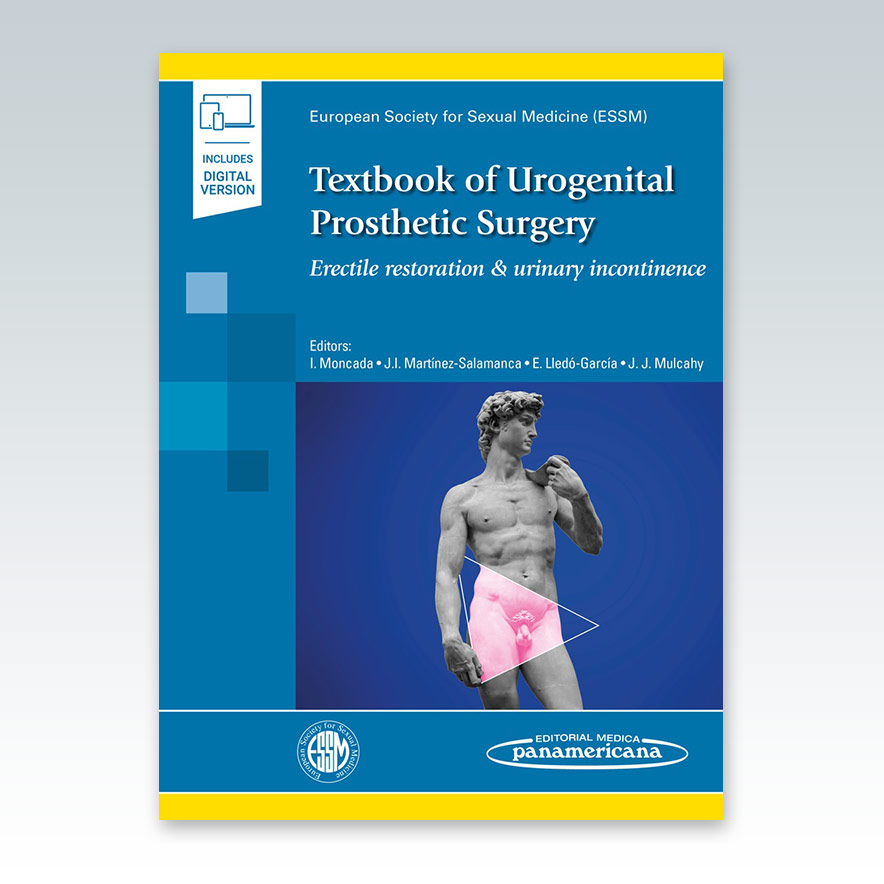
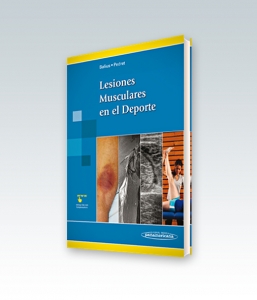
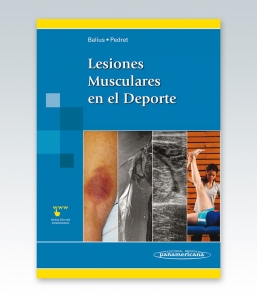
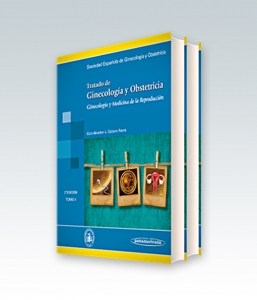
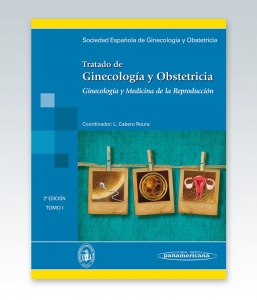
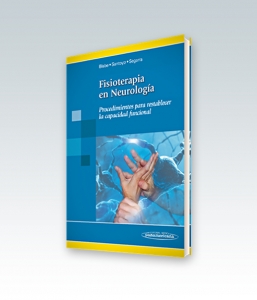
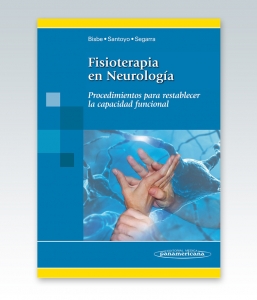
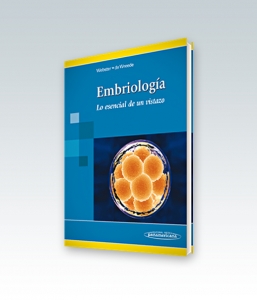
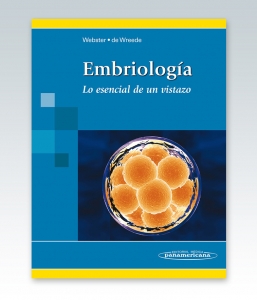







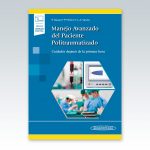

Valoraciones
No hay valoraciones aún.